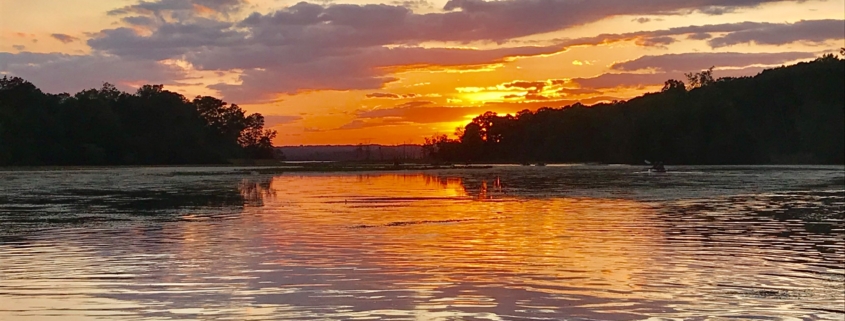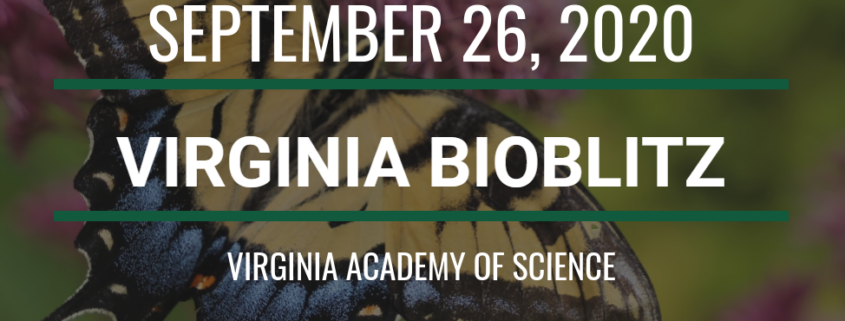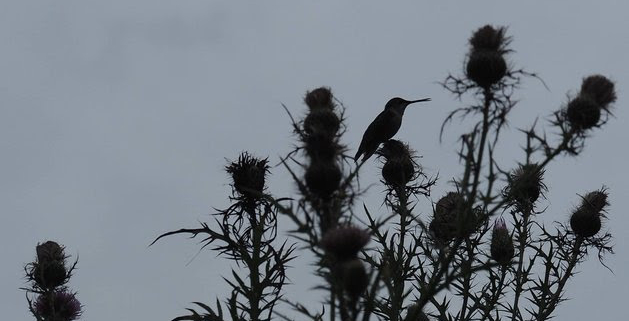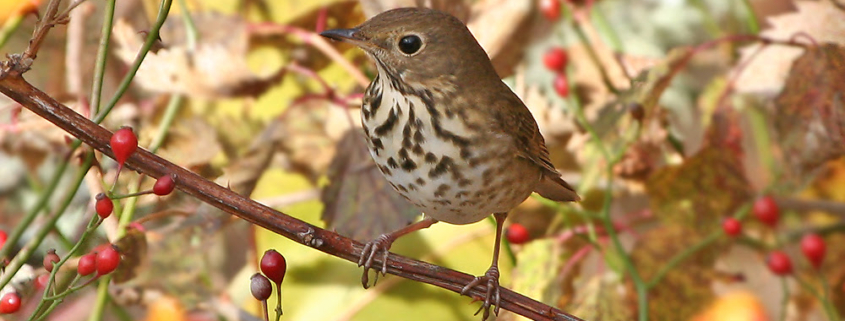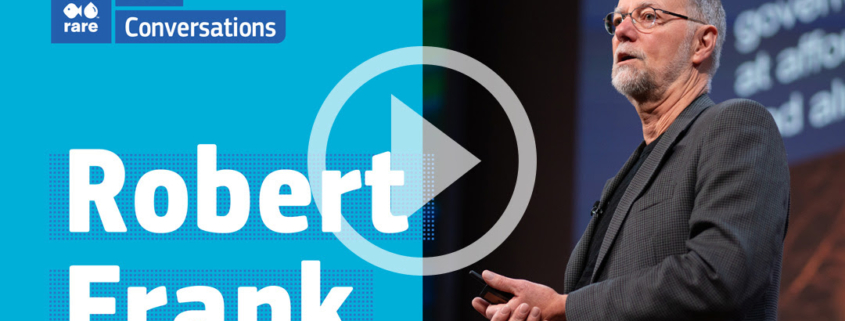Richmond, VA – The 11TH annual Richmond Virginia Environmental Film Festival (RVAEFF) is announcing the 2021 Virginia Environmental Film Contest.
The contest is open to Virginia residents with films based on environmental topics pertaining to Virginia. Films of all formats and genres will be considered. A juried panel will select the winning films and prize money will be awarded to the film producers. Winning entries will be announced January 15th, 2021 on our web site, RVAEFF.org and through a press release.
$1,000 Grand Prize
$500 First Prize
$100 Best Cinematography
$100 Best Short Film
$100 Honorable Mentions (two)
All films are to be submitted August 15th through December 31st, 2020 to RVAEFF.org. When at this site, click the Virginia Environmental Film Contest button and you will be taken to FilmFreeway.com web’s page. Film Freeway, is a web site for filmmakers to submit their films to hundreds of film festivals. Once on this site, filmmakers will find full details regarding contest rules, deadlines and how to submit their film.
The Richmond Virginia Environmental Film Festival was founded in 2011 and has been a great addition to the Richmond culture. With over 1,500 people attending last year’s festival, we know what the power of these films can do to inspire positive changes in ourselves and our communities.
The film festival is scheduled for February 12th through the 28th, 2021. Award winning entries and other submitted films will be shown at various venues in Richmond and surrounding areas and/or streamed online. The specific venues and platforms for the 2021 festival will be announced later this year and will comply with all state and local Covid-19 guidelines.
Admission to the Festival is free and open to the public due to generous community sponsors. More information on the Festival can be found at RVAEFF.org.
Questions? Contact: Jean Masters
Email: [email protected]




